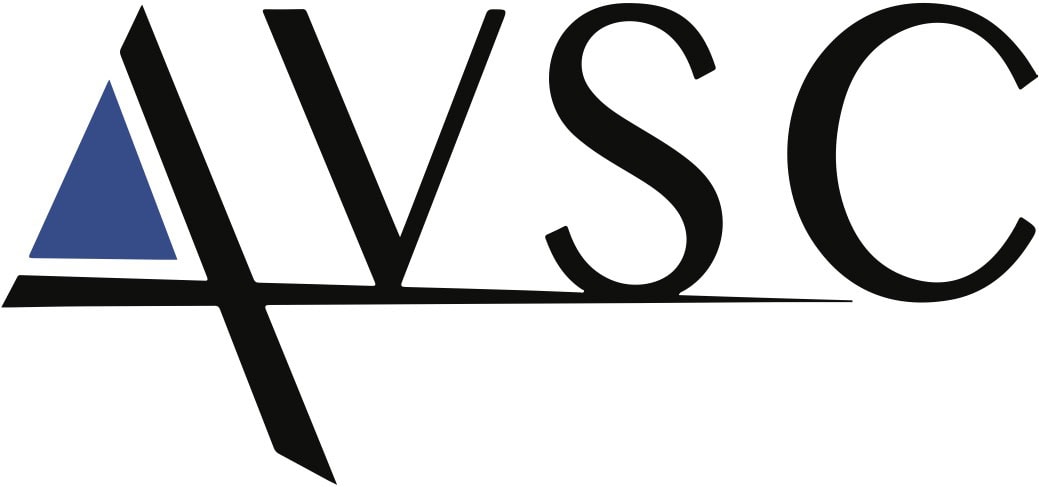The chemical approach based on well-defined preceramic polymers, called the polymer-derived ceramics (PDC) route, offers precise control over chemical composition and microstructure at low processing temperatures, which provides access to a large variety of ceramic compositions and structures (crystalline or amorphous) as well as microstructures (e.g. nanocomposites). Additionally, the PDC route allows exploiting plastic-forming or non-conventional processing techniques to produce advanced ceramic fibers, coatings and matrices, i.e. all the ceramic-matrix-composite (CMC) components. By coupling the PDC route with the generation of a porous network, ceramics with a multiscale porosity can be generated. Thus, this approach makes PDCs of interest for a wide range of engineering and functional applications, in key sectors such as energy, transportation, environment, and defense.
This symposium will discuss the latest developments in the field of PDCs, from the synthesis of new polymeric systems to structural characterization, microstructure/property correlation, modeling, and manufacturing of functional and structural components.
Special emphasis will be placed on the design of specific components for CMCs, like matrices, fibers, and protective or functional coatings, as well as on potential applications of PDCs in various engineering fields.
Proposed Session Topics
- Synthesis of condensed molecular phases as precursors and chemistry of new polymeric systems
- Inorganic polymer derived ceramics
- Rheological properties of preceramic polymers
- Advanced and innovative fabrication processes, including additive manufacturing
- Plastic-forming techniques
- Porosity network engineering
- Polymer-derived complex ceramic systems, including nanocomposites and high entropy phases
- Polymer-derived ceramic fibers and matrix composites for ultra-high temperature applications
- Protective and functional ceramic coatings
- Design of nanocomposites, including metal-modified PDCs
- Reinforced foams
- Functional ceramics
- Structural characterization, microstructure/property correlation
- Thermomechanical properties of PDCs
- Chemical reactivity (e.g. corrosion) of PDCs
- Simulation of phase formation, separation, and crystallization
- Prediction of ceramic properties in dependency on the precursor
- Thermodynamics of PDCs, including CALPHAD
- Prediction of properties using density functional theory (DFT), quantum monte carlo (QMC), and phonon calculations
- Application of PDCs in various engineering fields, including energy and environment
Symposium Organizers
- Gurpreet Singh, Kansas State University, USA
- Matthew Dickerson, Air Force Research Laboratory, USA
- Samuel Bernard, University of Limoges, CNRS, France
- Paolo Colombo, University of Padova, Italy
- Dong-Pyo Kim, Pohang University of Science and Technology, Korea
- Ralf Riedel, Technical University Darmstadt, Germany
- Yoshiyuki Sugahara, Waseda University, Japan
- Waltraud M. Kriven, University of Illinois at Urbana-Champaign, USA
- Peter Kroll, University of Texas at Arlington, USA
- Rick Laine, University of Michigan, USA
- Zhaoju Yu, Xiamen University, China
- Jie Kong, Northwestern Polytechnical University, China
- Georges Chollon, LCTS, University of Bordeaux, CNRS, France
- Günter Motz, University of Bayreuth, Germany
- Ravi Kumar NV, Indian Institute of Technology, Madras, India
- Gian Domenico Sorarù, University of Trento, Italy
- Yuji Iwamoto, Nagoya Institute of Technology, Japan
- Toshihiro Ishikawa, Tokyo University of Science, Yamaguchi, Japan
- Masaki Kotani, Japan Aerospace Exploration Agency, Japan
- Yoonjoo Lee, Korea Institute of Ceramic Engineering and Technology, Korea
Points of Contact
- Gurpreet Singh, gurpreet@ksu.edu
- Matthew Dickerson, matthew.dickerson.6@us.af.mil
- Samuel Bernard, samuel.bernard@unilim.fr
